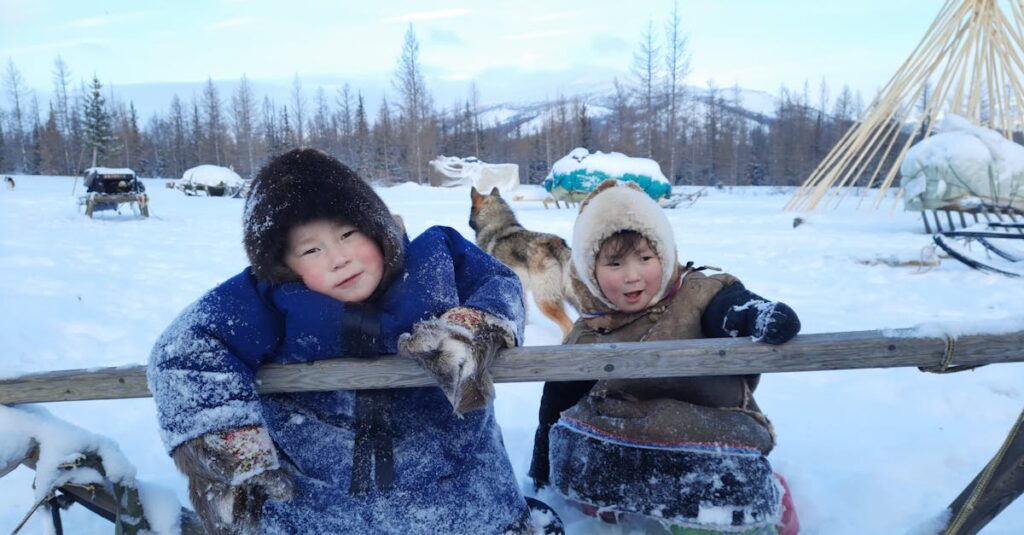Understanding Sensitive Kids and Weather
Sensitive kids often react strongly to weather changes. Their moods and comfort can swing rapidly. Recognizing this helps you prepare better. Whether it’s bright sun or heavy rain, understanding your child’s unique weather sensitivity is crucial.
You might notice that your child gets cranky during a heatwave or anxious when thunder rolls. These reactions are normal. The goal is to find strategies that help them cope effectively. This includes adapting their environment and routines to their needs.
Weather-Proof Clothing Tips
Dressing kids appropriately for the weather is key. Layers work wonders in fluctuating temperatures. Invest in breathable fabrics for summer and insulated wear for winter. Don’t forget waterproof gear for rainy days! Sunglasses and hats are great for blocking out the sun. Make sure their clothing doesn’t cause discomfort. Labels can be irritating, so consider tagless options. Keep a weather-ready kit by the door to grab what you need quickly. This can include sunscreen, an umbrella, or extra gloves.
Creating a Weather-Adapted Home
Home should be a weather-safe haven. In summer, keep your home cool with blackout curtains and fans. For winter, make it cozy with heaters and warm blankets. Use humidifiers to combat dry air. Aromatherapy can also keep kids calm. Store away any potentially hazardous weather-related items. Designate a safe place for bad weather conditions like storms. Board games and books in a special “weather box” can keep kids entertained and distracted when they’re stuck indoors.
Outdoor Activities for All Seasons
Kids need outdoor playtime, regardless of the weather. For winter, think of activities like building snowmen or having a nature scavenger hunt. In summer, water games are a hit. Spring and fall are great for hiking and exploring. Always monitor weather forecasts and plan accordingly.
Introduce your child to new activities gradually. Sometimes the fear of the unknown can heighten sensitivity. Use positive reinforcement to celebrate their bravery in trying new things.
Dealing with Weather-Related Anxiety
Weather can affect a child’s mental health. Rainy weather can make some kids feel down, while storms may cause fear. Acknowledge their feelings and provide comfort. Teach them coping mechanisms, such as breathing exercises. Having a consistent routine can provide a sense of security. Use weather-related toys or books to make learning fun. Encourage them to talk about their fears. Remind them that weather changes are temporary and normal.
Remember, it’s important to be understanding and supportive when helping children navigate their emotions in response to weather patterns.
Communicating Weather Changes
Communication is key. Use simple language to explain weather changes to your child. Weather apps or visual charts can help illustrate concepts. Interactive apps can make learning about weather fun. Keep your explanations short and sweet. Reassure your child they are safe. Consistently update them on changes to help them feel in control. Develop a family plan for severe weather situations so they know what to expect.
Remember, the goal is to create a supportive and informative environment when discussing weather changes with children.
Encouraging Environmental Awareness
Instill a love for the environment in your child. Teach them the importance of respecting nature. Lead by example through recycling and conservation efforts. Seasonal environmental projects can be both educational and fun. Start a small garden or participate in community clean-up days. Being involved can change their outlook and make them more resilient to environmental changes. Celebrate their contributions to show them they can make a difference.
Let’s protect our planet for our future generations!

